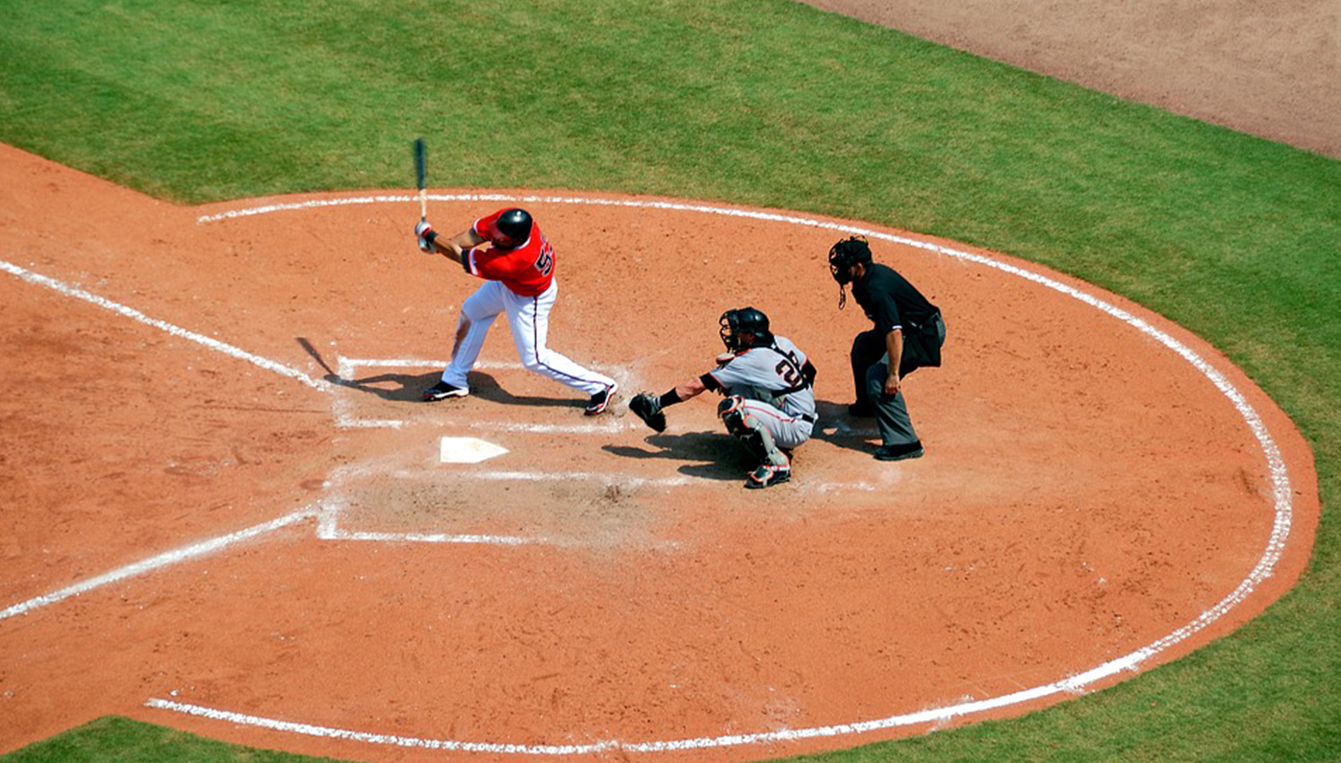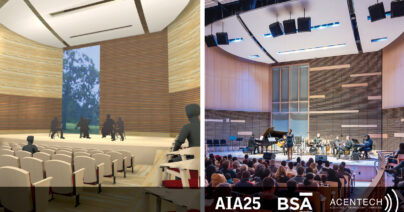It’s again October. Since I was young I’ve forever associated this month with the turning of leaves and the excitement of the baseball playoff season. This year proves no exception with the possibility of either the Chicago Cubs (who haven’t earned a World Series ring since 1908) and the Cleveland Indians (who haven’t earned a ring since 1948) breaking their long standing World Series drought. Over my years of playing baseball, I’ve noticed changes in the sound of the bat. Although metal bats are not used in the Major Leagues, since my mind is on baseball I thought I’d write about my findings as an acoustical engineer, curious as to why the sound of a metal bat has changed over the years.
Those of us who’ve played baseball in the metal bat era remember the loud sound of a metal bat’s PING! when a baseball hit the sweet spot. To some the ping was a piercing abomination to the sanctity of the game. To others the deafening tone was the pleasing sound of another dinger destined for the stands. The metal bat was patented in 1924 but did not come into common use until the 1970s. The bats were lighter and considerably more durable than wooden bats, and consequently they became standard use in Little League, high schools and colleges.
The wall of the metal bat is designed to give with the impact of the ball, and then spring back causing a “trampoline effect” that launches the ball considerably further than most traditional wooden bats. Before baseball organizations put restrictions on the metal bats there was a specific pitch to metal bats that would maximize the energy put into the ball by the trampoline effect. This pitch was the reason for the loud piercing PING! that would result when the bat’s sweet spot connected with a pitched ball. A considerable amount of research has been published as well as held as closely guarded secrets between metal bat manufacturers that document the best frequency for the metal bats.
As the manufacturers engineered bats with larger “sweet spots” and a better trampoline effect, organizations noticed records were broken more and more frequently. In addition, the speed of the ball coming off the bat became increasingly dangerous for the fielders. This resulted in specific standards being required by the majority of organized baseball leagues to limit the performance of metal bats. The first limit was strictly a weight limit enforced by NCAA in 1986. The Ball Exit Speed Ratio (BESR) standard was introduced in 1999 which provided specific limits to the size, weight and exit ratio of the bat. However, this standard allowed more exit ratio than the typical wooden bat, and consequently the metal bat PING remained the same, although significantly quieter than the older bats designed without limits. As time progressed manufacturers began to engineer the bats to comply with the BESR test methods, but that would fatigue with use to improve the trampoline effect and exceed the limits of the standard after the test was passed and again, the speed of the ball off the bat became increasingly dangerous.
In 2011 a standard was developed that forever changed the sound of a metal bat in use. It was decided that metal bats should be limited to the exit ratio of wooden bats and the Batted Ball Coefficient of Restitution (BBCOR) standard was adopted. Since the energy transfer by metal bats now must match closely with wooden bats, the natural frequency of the metal bat was lowered and now more closely follows the familiar CRACK of a wooden bat. So next year while you’re watching your son’s high school game, if you hear the familiar “ping” that was common prior to 2011, you can be sure the batter has used an illegal bat.
 Articles
Articles


